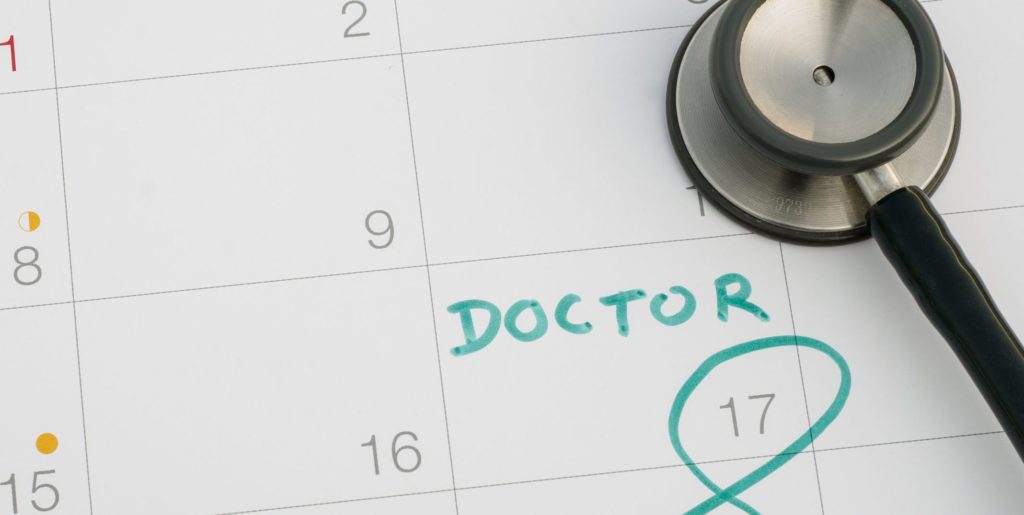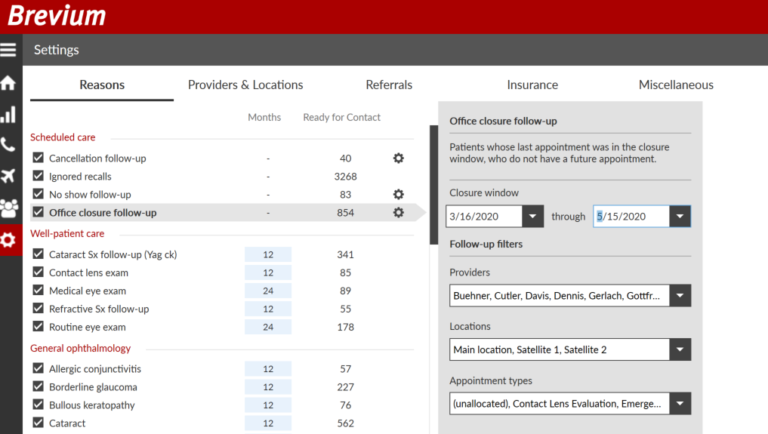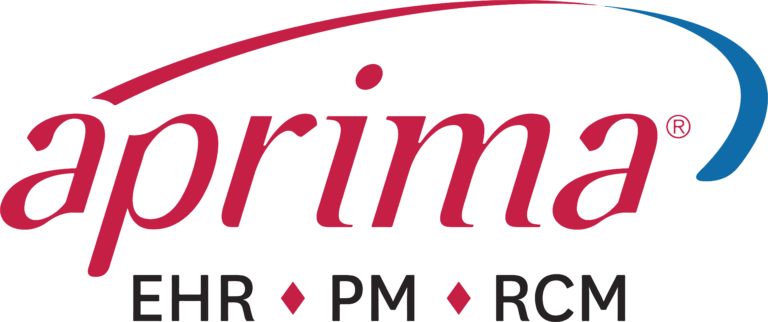The Brevium Blog

Build Relationships with Your Patients through Automated Texts and Emails
Building patient relationships through texts and emails sounds like an oxymoron if you’re a baby boomer, but to a Millennial or Gen Zer, communicating using these technologies is a no-brainer. They grew up with technology, and they have discovered its advantages.
Because of this, automated patient communication is preferred over phone calls by many. Calls can be intrusive, demanding immediate attention and response. Texts offer immediacy without the pressure to respond instantly, allowing recipients to reply at their convenience.
Thanks to the conveniences of texting and emails, most baby boomers have also bought into these technological means of connecting. Almost all of your patients own cell phones, 96 percent, in fact, and 90 percent of those open texts within three minutes. [1] In a recent survey, 89 percent of customers said that they prefer texting with businesses over any other method of communication. Here are four tips for making the best use of patient texting and emails while building patient relationships.
To optimize automated patient communication, here are four essential tips to consider.
Personalize Your Patient Messaging
Your patients want to feel like they aren’t just another name on a file. So, address your patients by name in your patient messaging. Use personal and friendly language without being corny. Try something like,
“Hello (patient’s name). It’s time for your annual checkup. We’d like to see you on (date) at (time). Please respond ‘YES’ if this works for you. Or please call us at (phone number).”
Make your template sound as personalized as possible and include all the relevant information without being too wordy. While many patients will know it is an automated message, the more personalized it sounds, the better it will be received.
As mentioned by the Off the Cusp blog, automated patient communication and reminders can help eliminate the “I forgot,” or “What time was that again?” issue. When your office stays on schedule, the stress level is lower. This keeps your staff and patients happier, which builds loyalty for them both. ”
Find the Right Cadence
You want to remind patients of follow up appointments, but you don’t want to overwhelm them with texts. Three reminders have shown to be the most effective. Send the first reminder three weeks prior to the appointment, a second reminder three to five days out and a final reminder the day before. You can add a text two or three hours before the appointment if the patient is prone to forgetting.
In a study mentioned in the ClinMed Journals, researchers defined no-shows as patients that neither canceled or kept their doctor’s appointments. The team concluded that out of the patients surveyed, 37.6% either didn’t know they had an appointment or they totally forgot their appointment! That’s why the cadence of reminders is so critical when it comes to decreasing no-shows at your practice.
Keep Your Messages Short
Let’s face it, people’s attention spans are much shorter than what they have been in the past. A recent Microsoft study said that “Today’s consumers are seemingly always in a hurry…” When it comes to how long people pay attention, they found it’s about 8 seconds. While this seems to pertain more to video and face-to-face interactions, the same rings true for written reminders. People don’t want to spend time reading through introductions to get to the meat of your message. They have short attention spans. So, try to keep text messages to 160 characters, and provide only the important information, in a friendly way. Make sure the call to action—Press 1 to confirm, for example—is clear and obvious. Also make sure your messages are free from typos and grammatical errors.
Follow HIPAA Texting and Emailing Rules
Don’t include any personal health information (PSI) in text messages, and use a patient messaging system that encrypts any outgoing messages.
We recommend that you continue to use phone calls and postcards for your patients who still prefer them. We have also found that while texts and emails are effective with current patients, phone calls are more effective when you are reaching out to reactivate patients who haven’t responded to your reminders for two years or more.
Brevium is the pioneer in patient reactivation. Brevium’s software mines clients’ patient databases using customized algorithms to find lost patients. Brevium then uses communications strategies that are based on original research to help ensure that patients return for the care they need, and practices derive the greatest financial benefit from the patient appointment lifecycle™. Hundreds of practices have found Brevium to be a trusted partner with personalized training and unlimited support.
Contact Brevium to see how we can help you communicate most effectively with your patients.














